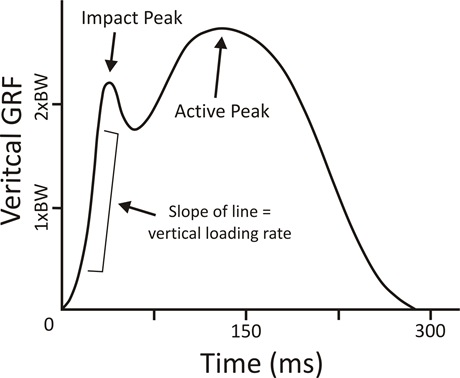 Yesterday I published a post on the topic of vertical impact loading rate in running – sounds like a complex topic, but in reality it simply represents how quickly you impact the ground when you run. The topic has gained a lot of interest among scientists lately as recent research has suggested that higher loading rates may be linked to increased likelihood of suffering a running injury (like most things in science, there is some debate about this).
Yesterday I published a post on the topic of vertical impact loading rate in running – sounds like a complex topic, but in reality it simply represents how quickly you impact the ground when you run. The topic has gained a lot of interest among scientists lately as recent research has suggested that higher loading rates may be linked to increased likelihood of suffering a running injury (like most things in science, there is some debate about this).
Also yesterday, Jay Dicharry, a physical therapist at the University of Virginia Speed Lab, posted his thoughts on why a runner should care about loading rate based on his clinical and research background. In this post, Jay states:
“I’ve learned through the years, that it’s critical to minimize loading rate.”
“Decreasing the loading rate applied to tissues will minimize tissue stress to the runner, minimizing the effects of the micro-trauma of endurance training. The rate at which structures are loaded has been implicated in both stress fractures and soft tissue dysfunction.”
Jay follows his first post today with a great post describing the ways that a runner can go about reducing loading rate. In it he discusses why footstrike may not be the primary factor in gait change that we should all be focusing on, as well as other tips for reducing loading rate. Fascinating read backed up by lab data – won’t give away the details. Read Jay’s post here.
Here are links to all three posts on vertical loading rate:
My initial post describing what vertical loading rate is: https://runblogger.com/2011/02/vertical-impact-loading-rate-in-running.html
Jay’s initial post describing why a runner should care about vertical loading rate: http://uvaendurosport.wordpress.com/2011/02/07/loading-rate-part-1-what-does-it-mean-for-you/
Jay’s follow-up post on how a runner can reduce loading rate: http://uvaendurosport.wordpress.com/2011/02/08/loading-rate-part-2-forefoot-midfoot-rearfoot%E2%80%A6%E2%80%A6-who-cares/
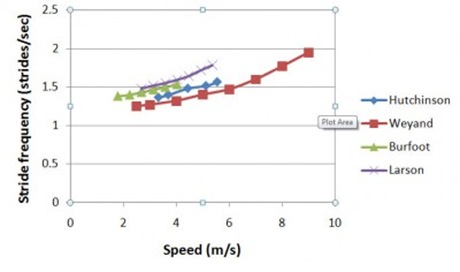
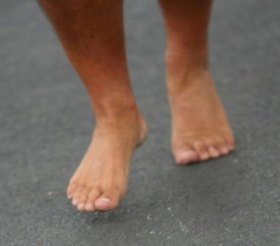

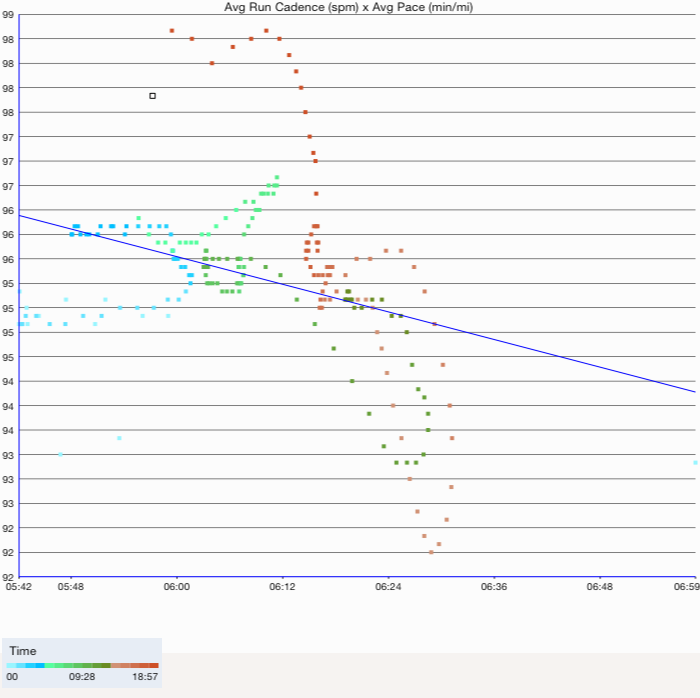
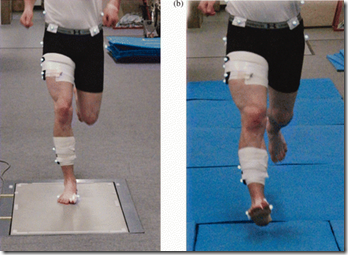














Makes sense. Consistent with Jay’s conclusion that runners should minimize our loading rate, my only tibial stress fracture occurred two years ago as a consequence of my foolishly sprinting downhills while heel striking (at the time I had not yet made my transition to my mid-foot).
Are you familiar with Benno Nigg’s work? In Amby Burfoot’s interview with Nigg (on the Runner’s World website, Jan. 9, 2011) Nigg claims “the internal impact forces are relatively small compared to the internal active forces and – from a loading point of view – we should not be too much concerned about impact forces.” I only quote this because I have no idea how to paraphrase it! Anyway, so much focus is on impact forces and I’m curious what your take is on Niggo’s claim that these are not the forces we should be worried about.
As best as I can understand things, it seems that Nigg does not view impact
forces as being a problem. He generally cites a paper of his published in
1997 in which he reports the results of a graduate thesis (from a student of
his?) that showed that neither peak impact force nor vertical loading rate
are linked with higher injury risk. He reported that higher loading rate was
actually associated with reduced injury risk. I have not read the thesis to
which the paper refers, so I don’t know much about it – trying to get a
copy, but interlibrary loan has not come through yet after several weeks of
waiting. My problem is that if it is not published in a peer reviewed
journal, it is difficult to come to firm conclusions about the reliability
of the study. My understanding is that it also only looked at short term
injury risk and did not differentiate between types of injury.
Although impact force may be smaller than active force, impact loading rate
is generally higher, and loading rate is what others have suggested is
linked to injury. So basically, there is a debate in the literature as to
whether loading rate is linked to injury risk. Nigg would say no, whereas
others (like Jay Dicharry did in his post) would say yes.
Pete
Reminds of my exercise physiology class at the University of Utah! Love it! It is too bad that such classes cannot be more economically available for those who are not in college. Of course your site is helping out with that!
what Nigg is saying is that the magnitude of the impact forces dissipate as they move up the body, and that their magnitude is much smaller relative to the joint forces produced due to muscle contraction. not that I necessarily agree with him